In the dynamic landscape of UK construction, Structural Insulated Panels (SIPs) are increasingly prominent.
For everyone from architects to homeowners, grasping how these panels work within UK building regulations is key. This blog aims to unravel the complexities of SIP panels, highlighting their growing role in modern building practices and their alignment with UK standards.
Understanding SIP Panels
SIPs are a modern marvel in building materials, comprising a foam core enclosed by two structural facings, typically oriented strand board (OSB). Known for their exceptional strength, thermal efficiency, and streamlined construction process, they’re fast becoming a go-to choice in contemporary buildings.
Visit our SIPs performance page for more info.
Adhering to UK Building Regulations
The Building Regulations 2010 in the UK are central to ensuring the safety, health, and efficiency of buildings. SIP panels dovetail nicely with several crucial elements of these regulations:
Part A (Structural Safety): SIP panels are meticulously engineered to satisfy the UK's structural safety requirements. Whether it’s for load-bearing or non-load-bearing purposes, they provide vital strength and stability. Capable of enduring various environmental stresses and daily demands, SIPs are rigorously tested to ensure they meet the standards for building stability.
Part L (Conservation of Fuel and Power): The thermal efficiency of SIP panels is a standout feature, particularly relevant to Part L. This regulation focuses on energy efficiency in buildings. SIPs, with their insulating core and minimal thermal bridging, significantly reduce heat loss, cutting down energy consumption and supporting the UK’s drive towards energy conservation and reduced carbon emissions.
Part B (Fire Safety): Fire safety, a crucial aspect of construction, falls under Part B. SIP panels can be specifically tailored for improved fire resistance. This includes using fire-retardant materials and ensuring proper installation with fire-stopping measures. Thus, SIPs play a significant role in a building’s fire safety strategy, meeting the required fire resistance and flame spread criteria set by UK regulations.
Part E (Resistance to Sound): Sound insulation is key, as outlined in Part E. The dense foam core of SIP panels naturally dampens sound, making them effective against both airborne and impact noise. This makes them ideal for residential and commercial buildings where managing noise is essential for comfort and privacy.
In essence, SIP panels represent a multifaceted solution that meets various UK Building Regulations. Their robust structure, energy efficiency, fire safety features, and sound insulation properties make them a favourite in the UK construction scene, meeting the stringent demands of contemporary building projects.
Environmental Commitment and Compliance
SIP panels are not just structurally and thermally efficient; they also play a significant role in promoting environmental sustainability in construction. This aspect is increasingly vital as the UK intensifies its focus on eco-friendly building practices.
Reduced Carbon Footprint: SIPs contribute to lower greenhouse gas emissions. Their exceptional insulation reduces the need for extensive heating and cooling, thereby cutting down energy consumption and associated carbon emissions. This is in line with the UK’s commitment to reducing its carbon footprint and addressing climate change.
Sustainable Materials: The materials used in SIPs often come from sustainable sources. For example, the oriented strand board (OSB) typically used in SIPs is usually made from fast-growing, sustainably harvested trees. This promotes responsible use of resources, aligning with the UK’s environmental objectives.
Waste Reduction: The prefabricated nature of SIPs leads to less onsite waste compared to traditional building methods. By manufacturing to exact specifications, excess materials are minimised, contributing to more sustainable construction practices.
Long-Term Efficiency: Buildings constructed with SIPs are not only more energy-efficient to operate but also have a longer lifespan due to their durability. This means less frequent need for repairs or replacements, reducing the environmental impact over the building’s lifecycle.
Compliance with Environmental Regulations: SIPs align well with environmental standards set out in UK building regulations. By using SIPs, projects can more easily meet the requirements for sustainable construction, such as those outlined in the Code for Sustainable Homes or BREEAM (Building Research Establishment Environmental Assessment Method).
Construction News
09/02/2024
Revolutionising Construction: Navigating UK Building Regulations With SIP Panels
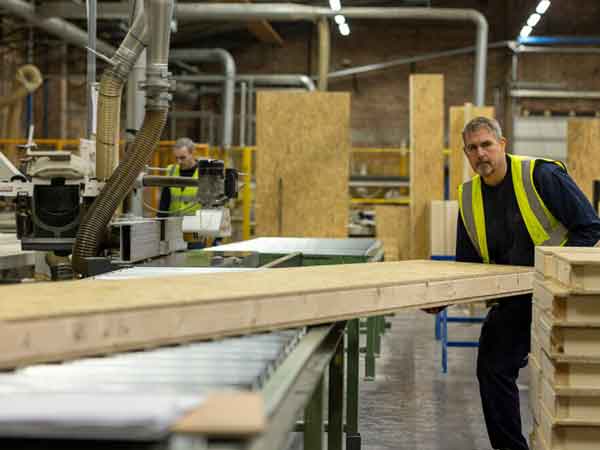

13/06/2025
A vital piece of Peak District railway infrastructure is set to receive a major upgrade this summer, as Network Rail announces a £7.5 million investment into one of Chapel Milton's iconic twin Victorian viaducts.
The 160-year-old, 15-arch structure plays a critical role in the UK's freight network,
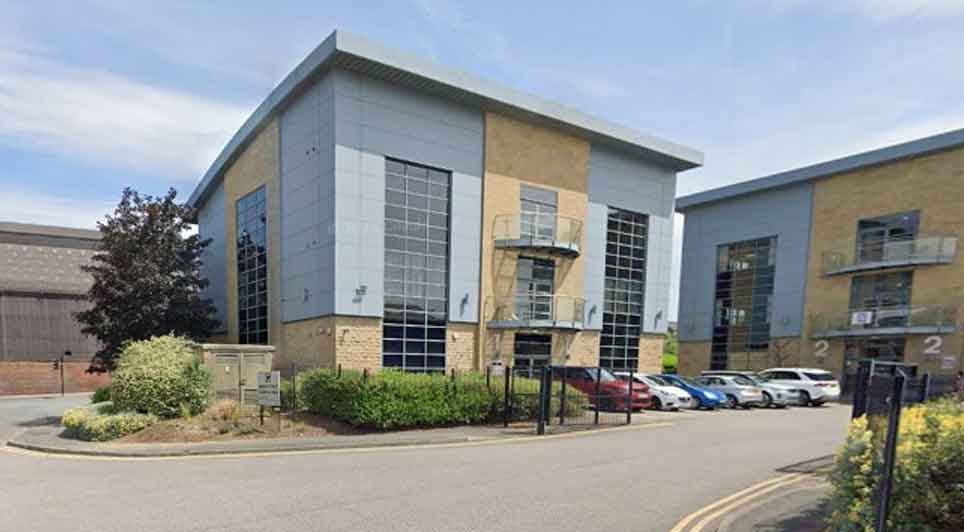
13/06/2025
Morgan Sindall Construction has revealed plans to expand its operations in South Yorkshire, building on its strong delivery record in West Yorkshire and aligning with the goals of the newly launched Great North initiative.
Backed by northern regional mayors, the Great North initiative aims to unloc
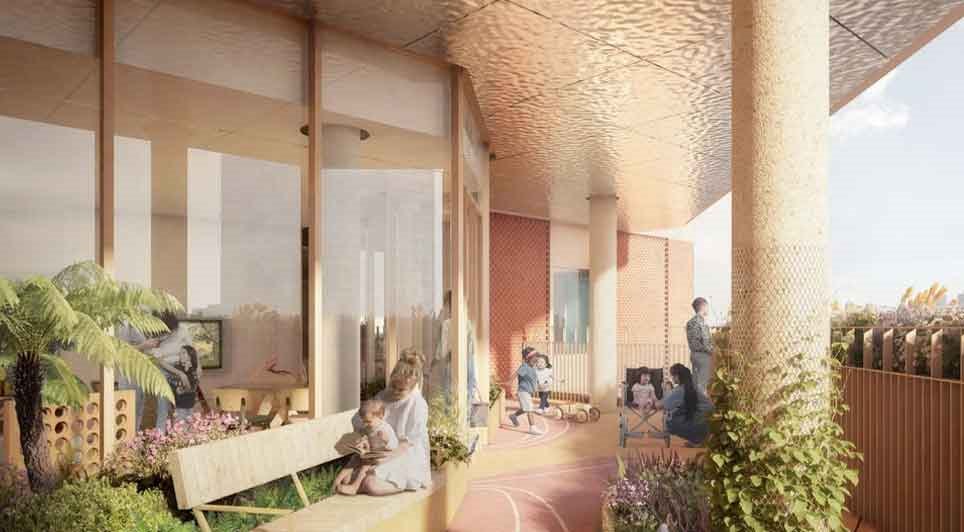
13/06/2025
Construction has officially commenced on the new Children's Cancer Centre (CCC) at Great Ormond Street Hospital for Children (GOSH).
Led by long-term design partner BDP, the new centre is one of the most ambitious projects in GOSH's history. The firm is overseeing architecture, landscape, engineeri
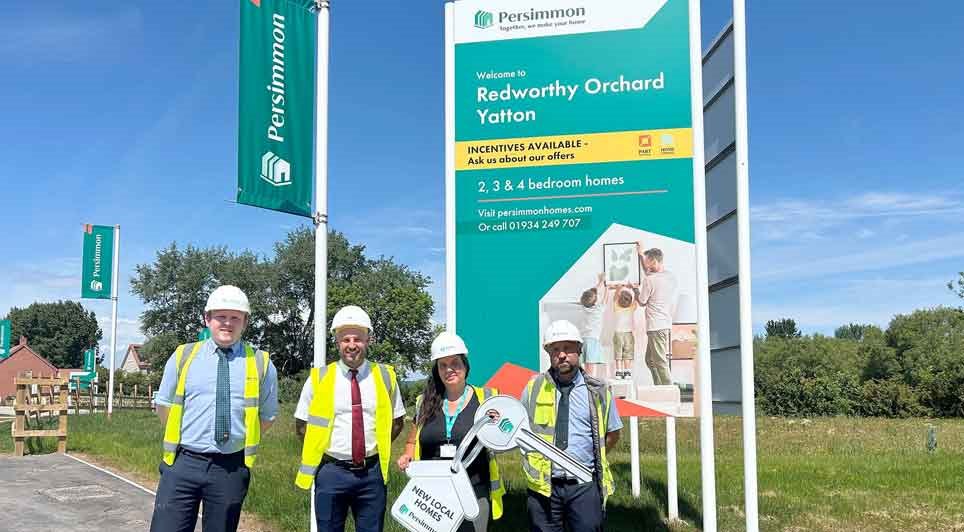
13/06/2025
The developer behind the Redworthy Orchard scheme in Yatton has handed over the first homes to a local housing association as part of a wider plan to provide affordable housing in the area.
Persimmon Homes Severn Valley has transferred four new properties to Alliance Homes, a move set to ease press

13/06/2025
Wynne Construction has been awarded two major design and build contracts worth over £20 million by Adra to deliver nearly 100 new social homes across North Wales.
Construction is already underway at the first site on Berse Road, Wrexham, where Wynne began work in March on a £9 million, 47-home soci

13/06/2025
Great Places Housing Group has officially broken ground on its landmark £37 million LGBTQ+ majority Extra Care housing scheme in Whalley Range, marking the start of construction during Pride Month.
The scheme, hailed as the UK's first purpose-built Extra Care development of its kind, is being deliv
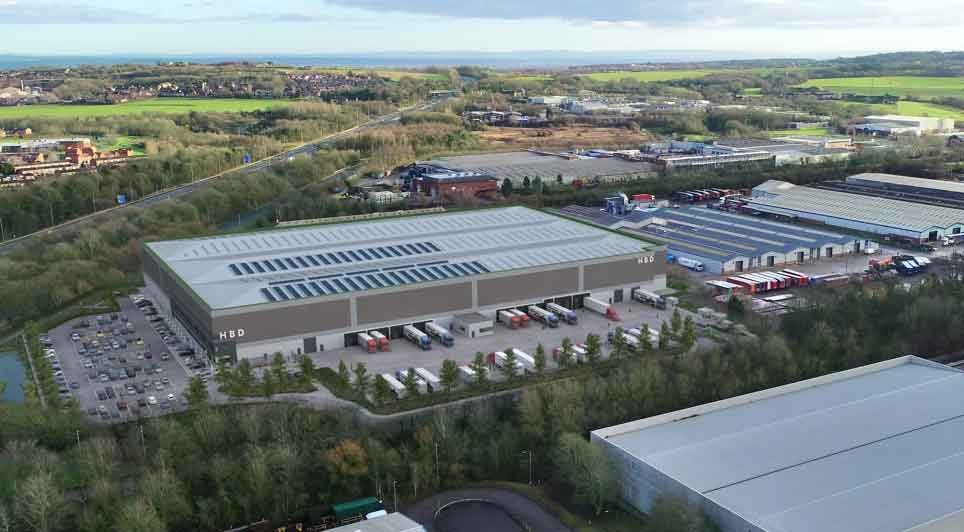
13/06/2025
Henry Boot PLC has announced that its property investment and development arm, HBD, has completed the sale of TWO45, a multi-let industrial-led business park in Skelmersdale, to a European real estate developer for £9.5 million.
Located on a 10-acre site just minutes from the M58 and M6 motorways,
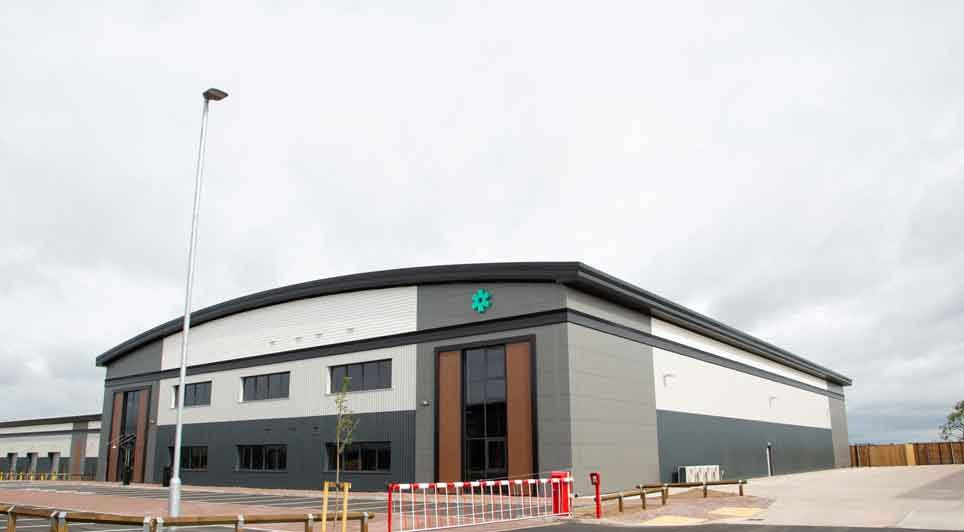
13/06/2025
Clowes Developments has announced the successful letting of Unit 5A, a newly completed 27,000 sq ft industrial unit at Stud Brook Business Park, to Shawpak Ltd, a pioneering manufacturer of medical device packaging machinery.
Founded in Derby in 2013, Shawpak Ltd designs and produces a unique range
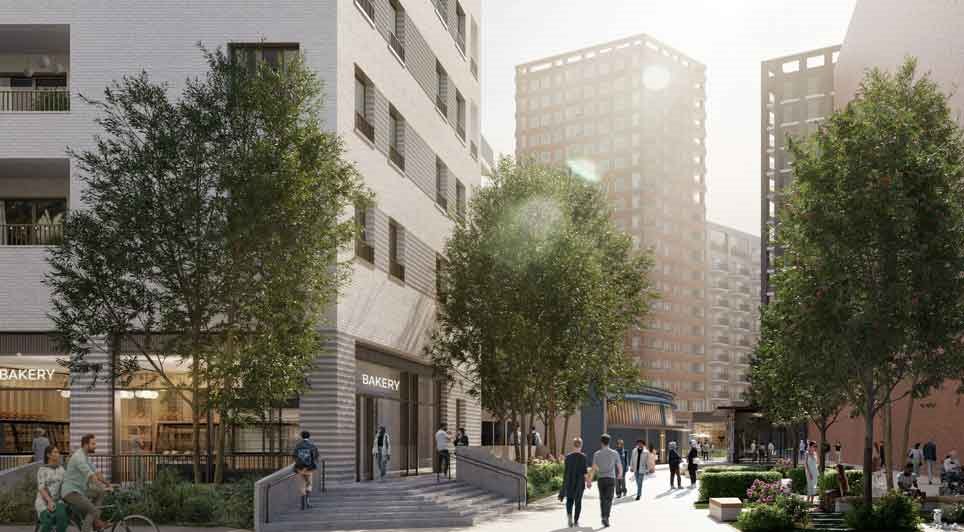
13/06/2025
The Hill Group and Legal & General (L&G) have announced a new partnership to deliver 200 affordable homes as part of the first phase of the £450 million City Centre South regeneration scheme in Coventry.
This marks the first time the two organisations have collaborated on a major residential devel

13/06/2025
The historic South Crofty tin mining project in Pool, Cornwall, is set to receive a significant boost after being awarded £4,190,500 through the Cornwall and Isles of Scilly Good Growth Programme, marking the largest single private sector investment by the programme to date.
Delivered by Cornwall C
 UK
UK Ireland
Ireland Scotland
Scotland London
London











